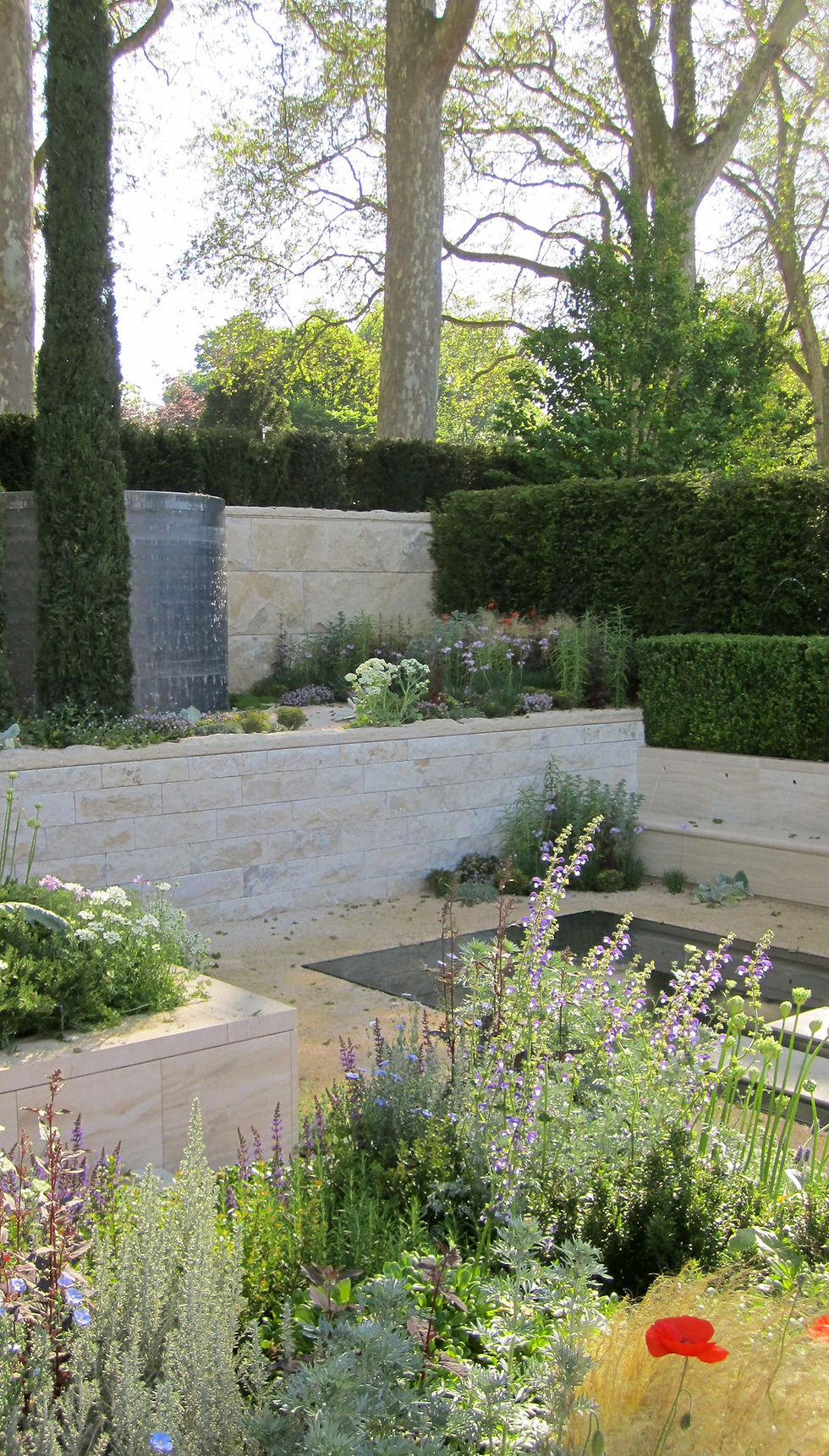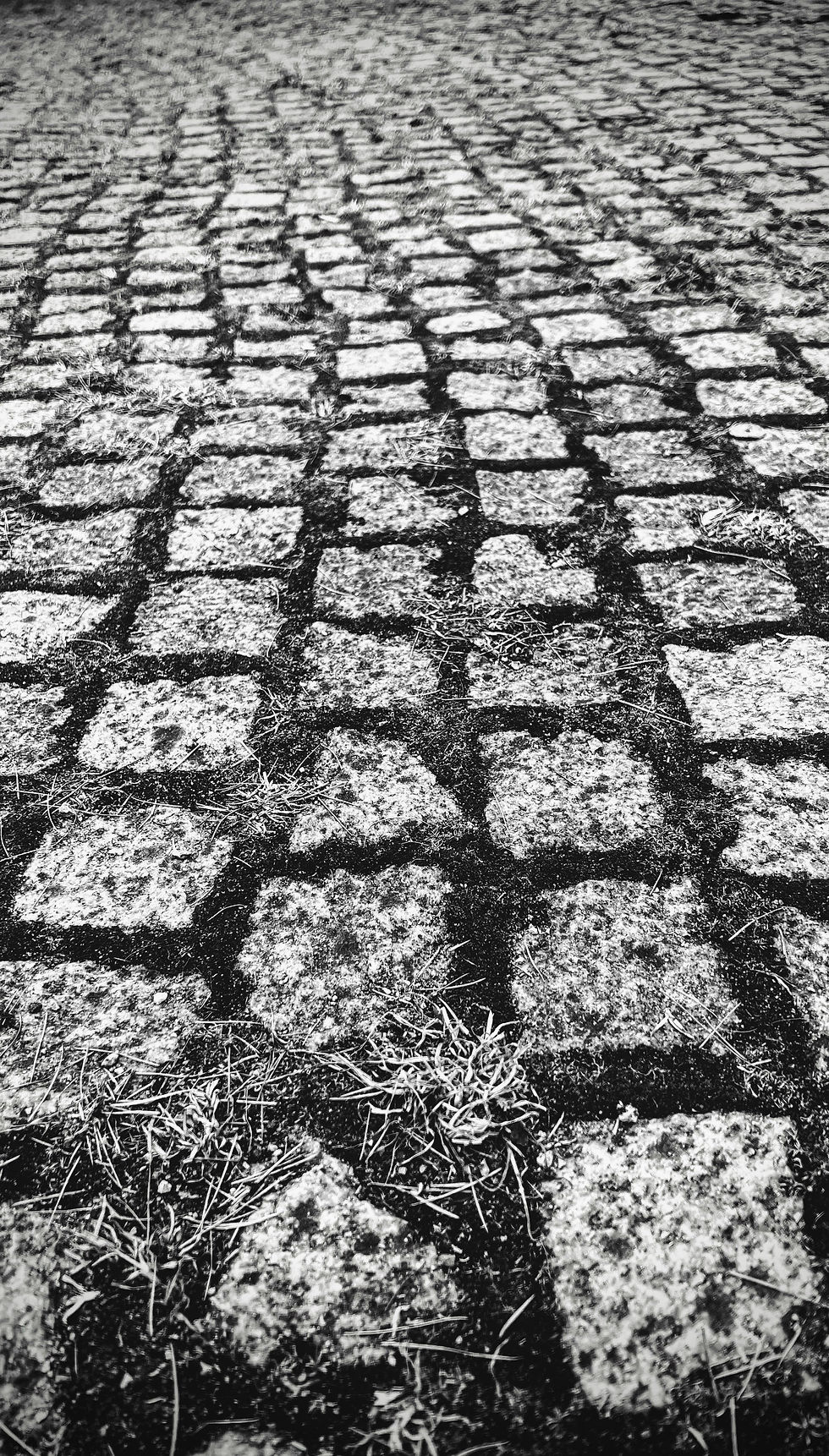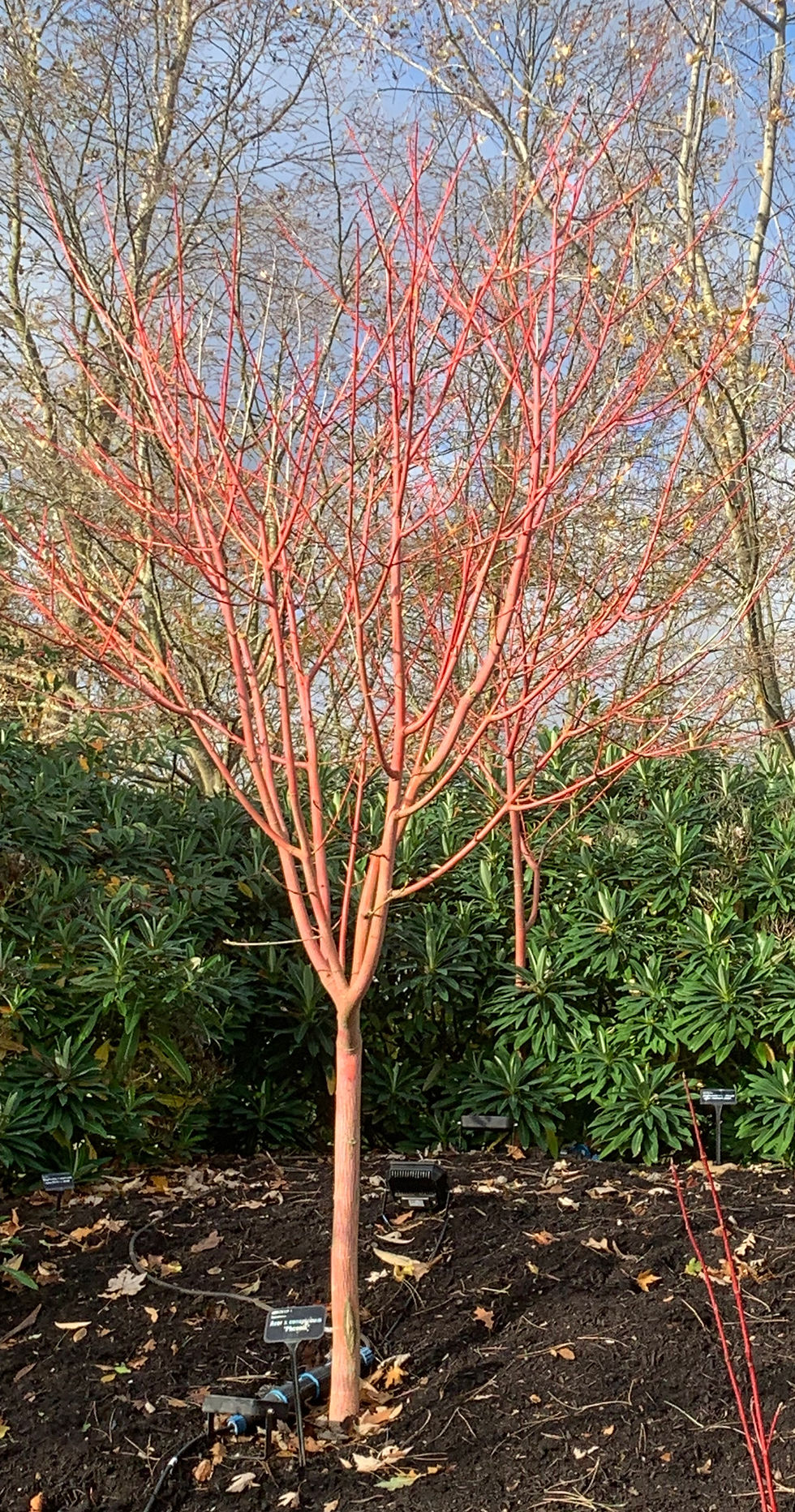Choosing the Right Garden Style for Your Home: Traditional vs. Contemporary
- Zoe Cook
- Mar 6
- 6 min read
A look at different garden styles and how they can complement the architecture and character of your home.

Choosing the Right Garden Style for Your Home: Traditional vs. Contemporary garden styles.
When it comes to designing a garden, the key to success lies in choosing a style that not only complements your personal taste but also harmonises with the architecture of your home. A well-designed garden can enhance the character of a property, creating a seamless transition between indoor and outdoor spaces. But with so many options, how do you choose the right garden style for your home?
In this blog, we’ll explore two popular garden styles: traditional and contemporary. We’ll break down their key characteristics, planting schemes, and design elements, helping you decide which approach will work best for your garden and home.
Understanding Traditional Garden Design
Traditional garden design takes inspiration from classical elements, often with a nod to historic garden styles such as English cottage gardens, formal French designs, or Mediterranean influences. These gardens are usually characterised by symmetry, structure, and timeless planting schemes, providing a sense of elegance and heritage.
Key Characteristics of a Traditional Garden
Structure and symmetry: Traditional gardens often follow a more formal, balanced layout, with neat pathways, box hedging, and focal points like statues or water features.
Planting style: The planting in traditional gardens tends to lean towards romantic, soft lines. Think of densely planted borders with perennials, roses, lavender, and climbers like wisteria or clematis.
Natural materials: In terms of hard landscaping, traditional gardens often use natural materials such as stone, brick, and timber, which lend a timeless appeal to the design.
Heritage features: Traditional gardens frequently incorporate period features like sundials, ironwork gates, or even an old-fashioned herb garden, adding to the sense of charm and nostalgia.
Traditional garden designs can be a wonderful choice for period properties, including Georgian, Victorian, and Edwardian homes. These gardens provide a perfect extension to the architectural style, bringing a sense of continuity to the property.
However, traditional doesn’t necessarily mean “old-fashioned.” Modern interpretations of traditional gardens can introduce more relaxed planting schemes and less formal layouts, making the space feel softer and more natural, which can be particularly effective for those who love a wildlife-friendly approach.
Traditional Garden for Wildlife
A traditional garden can be an excellent opportunity to incorporate elements that support local wildlife. Flowering perennials and shrubs provide habitats for pollinators, while denser planting can create safe havens for birds and small animals. If you’re interested in garden design for wildlife, a more relaxed version of the traditional garden could include a pond or wildflower meadow to attract beneficial insects and amphibians.

Exploring Contemporary Garden Design
At the other end of the spectrum, contemporary garden design takes a more minimalist approach, often focusing on clean lines, open spaces, and a blend of textures and materials. Contemporary gardens are all about simplicity, balance, and functionality, making them a perfect match for modern homes or those looking for a low-maintenance option.
Key Characteristics of a Contemporary Garden
Minimalism: Contemporary gardens often use fewer plants and more open space. The design may include features like large expanses of lawn, structured raised beds, or sleek planters for architectural plants.
Hard landscaping: In contrast to traditional gardens, contemporary spaces often feature hard landscaping like paving, concrete, and metal, with these materials taking centre stage. Geometric shapes and sleek surfaces define the layout, bringing a modern, minimalist feel.
Planting style: Planting in contemporary gardens tends to be more controlled, with a focus on striking architectural plants such as grasses, bamboos, or sculptural evergreens. The palette is often limited, using just a few plant varieties to create a simple, cohesive look.
Outdoor living: Contemporary gardens frequently prioritise spaces for outdoor entertaining and relaxing. Fire pits, seating areas, and outdoor kitchens are common features, blending the garden with the home’s living space.
This approach is ideal for those who prefer a sleek, modern look. Contemporary gardens suit new-build homes or properties with more modern architecture, where the garden is treated as an extension of the home’s interior, providing a stylish, functional space for socialising, dining, or relaxing.
How to Design a Contemporary Garden Layout
A well-thought-out layout is essential for a successful contemporary garden. Unlike traditional gardens, which can be more forgiving in their design, contemporary spaces need a clear vision and strong structure. The use of grids and geometry is a more obvious hallmark of this style garden design (although it’s actually the starting point of all garden design), and the hard landscaping often serves as the backbone of the space. When designing a layout, consider the flow between different areas, such as outdoor seating, planting zones, and pathways.
Contemporary gardens are also fantastic for those who want a lower-maintenance garden, as they often feature hard-wearing materials and fewer plants that require regular care. Perfect for busy homeowners who want an outdoor space to enjoy without hours of upkeep. This is not to say there is more hard landscaping vs plants- we’ve all seen those soul-less concrete playgrounds that purport to be ‘contemporary’ garden design. The balance should still weigh in the favour of plants an nature. The plant choices just need to be carefully considered to fulfil the brief.
Choosing the Right Style for Your Home
The choice between traditional and contemporary garden design ultimately depends on a few key factors: the style of your home, your personal taste, and how you intend to use your garden.
Consider Your Home’s Architecture
The architecture of your home plays a big role in determining which garden style will work best. For period homes, a traditional garden can echo the history and charm of the property, creating a seamless flow between indoors and out. Georgian or Victorian houses, with their elegant facades and symmetrical windows, naturally lend themselves to more formal garden layouts.
On the other hand, modern homes with clean lines and minimalist interiors often pair well with contemporary gardens. The structured simplicity of modern landscaping helps to continue the theme of sleek, open spaces, making the garden feel like an extension of the home.
Practicality and Lifestyle
When considering garden design, it’s also important to think about how you’ll use the space. If you have children or pets, or simply want a garden that requires less maintenance, a contemporary design may be more practical. Its focus on clean lines and easy care plants means less time spent weeding and more time enjoying the space.
For those who love gardening and take pleasure in the process of tending to plants, a traditional design might be more appealing. The densely planted borders, climbers, and heritage features provide ample opportunity for hands-on care, and the overall look can feel lush and vibrant.
Blending Traditional and Contemporary Styles
If you find yourself drawn to elements of both styles, it’s entirely possible to blend traditional and contemporary design in your garden. This is where creativity comes in—and where a garden designer can really help you bring your vision to life.
For instance, you might opt for a sleek, modern patio with contemporary outdoor furniture, but soften the edges with a more traditional planting scheme. Clipped box hedges or topiary can provide a structural backdrop, while more relaxed planting adds texture and colour. This type of hybrid design can be particularly effective for properties that have a mix of architectural styles or where the homeowner wants the best of both worlds.
Finding the Right Garden Design Services
Ultimately, choosing the right garden style for your home depends on balancing your preferences with the practicalities of your outdoor space. Whether you’re drawn to the elegance of a traditional garden or the sleek functionality of a contemporary space, having expert guidance can make all the difference. At Trellis Design, I specialise in helping clients navigate these decisions to create a garden that’s tailored to their home and lifestyle.
As an East London garden designer, I’ve worked on a wide range of projects helping that seamless flow from home to garden. If you’re considering a garden transformation and need help with how to design a garden layout that works for you, I’d be happy to offer ideas and practical advice to bring your vision to life.
Conclusion
Choosing between a traditional and contemporary garden style doesn’t have to be a difficult decision. By considering your home’s architecture, your lifestyle needs, and your personal design preferences, you can create a garden that complements both your house and your way of living. Whether you prefer the structure of a formal, traditional garden or the sleek lines of a contemporary one, the key is to design a space that feels cohesive and comfortable.
For personalised advice on garden design ideas, contact me at Trellis Design for expert guidance. Whether you’re planning a complete transformation or simply want to make a few changes, I’m here to help you create a garden you’ll love for years to come.
Curved Brick Path photo- Tim Cooper, Unsplash
Contemporary garden with clean lines photo- La Citta Vita- flickr-Attribution- ShareAlike




Comments